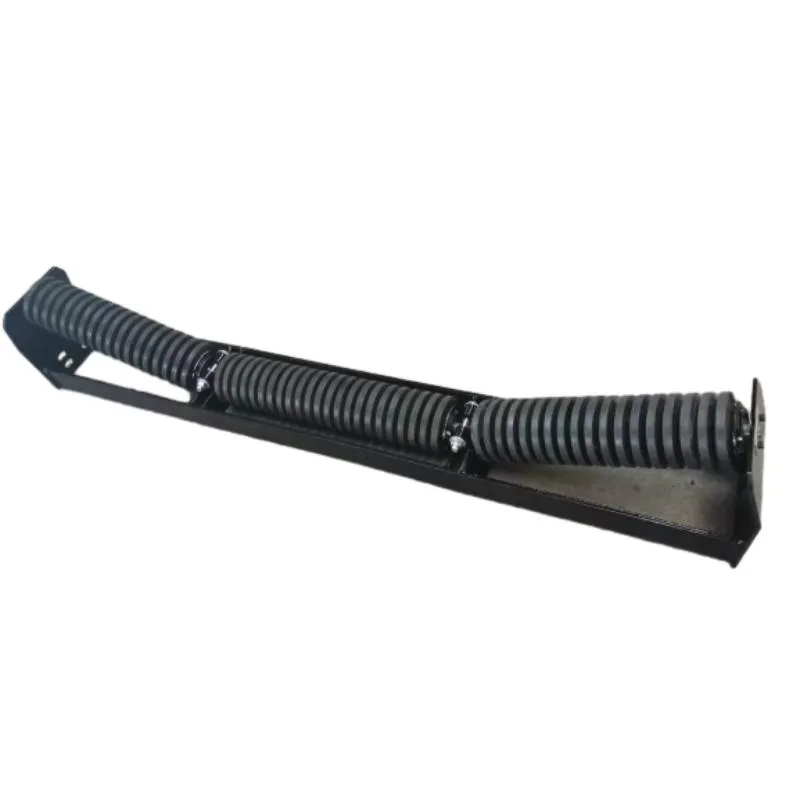 Afrikaans
Afrikaans  Albanian
Albanian  Amharic
Amharic  Arabic
Arabic  Armenian
Armenian  Azerbaijani
Azerbaijani  Basque
Basque  Belarusian
Belarusian  Bengali
Bengali  Bosnian
Bosnian  Bulgarian
Bulgarian  Catalan
Catalan  Cebuano
Cebuano  Corsican
Corsican  Croatian
Croatian  Czech
Czech  Danish
Danish  Dutch
Dutch  English
English  Esperanto
Esperanto  Estonian
Estonian  Finnish
Finnish  French
French  Frisian
Frisian  Galician
Galician  Georgian
Georgian  German
German  Greek
Greek  Gujarati
Gujarati  Haitian Creole
Haitian Creole  hausa
hausa  hawaiian
hawaiian  Hebrew
Hebrew  Hindi
Hindi  Miao
Miao  Hungarian
Hungarian  Icelandic
Icelandic  igbo
igbo  Indonesian
Indonesian  irish
irish  Italian
Italian  Japanese
Japanese  Javanese
Javanese  Kannada
Kannada  kazakh
kazakh  Khmer
Khmer  Rwandese
Rwandese  Korean
Korean  Kurdish
Kurdish  Kyrgyz
Kyrgyz  Lao
Lao  Latin
Latin  Latvian
Latvian  Lithuanian
Lithuanian  Luxembourgish
Luxembourgish  Macedonian
Macedonian  Malgashi
Malgashi  Malay
Malay  Malayalam
Malayalam  Maltese
Maltese  Maori
Maori  Marathi
Marathi  Mongolian
Mongolian  Myanmar
Myanmar  Nepali
Nepali  Norwegian
Norwegian  Norwegian
Norwegian  Occitan
Occitan  Pashto
Pashto  Persian
Persian  Polish
Polish  Portuguese
Portuguese  Punjabi
Punjabi  Romanian
Romanian  Russian
Russian  Samoan
Samoan  Scottish Gaelic
Scottish Gaelic  Serbian
Serbian  Sesotho
Sesotho  Shona
Shona  Sindhi
Sindhi  Sinhala
Sinhala  Slovak
Slovak  Slovenian
Slovenian  Somali
Somali  Spanish
Spanish  Sundanese
Sundanese  Swahili
Swahili  Swedish
Swedish  Tagalog
Tagalog  Tajik
Tajik  Tamil
Tamil  Tatar
Tatar  Telugu
Telugu  Thai
Thai  Turkish
Turkish  Turkmen
Turkmen  Ukrainian
Ukrainian  Urdu
Urdu  Uighur
Uighur  Uzbek
Uzbek  Vietnamese
Vietnamese  Welsh
Welsh  Bantu
Bantu  Yiddish
Yiddish  Yoruba
Yoruba  Zulu
Zulu idler roller types
Understanding Idler Roller Types A Comprehensive Overview
Idler rollers play a crucial role in the functioning of conveyor systems, impacting the efficiency and reliability of material handling processes across various industries. These components are primarily responsible for supporting and guiding the conveyor belts, ensuring smooth operation and minimal wear over time. Understanding the different types of idler rollers is essential for selecting the right components for your specific application.
1. Flat Idler Rollers
Flat idler rollers are the most common type used in conveyor systems. They consist of a cylindrical design that allows the conveyor belt to rest on them while it moves. Flat idler rollers are versatile and can be used in a variety of applications, from transporting bulk materials to packaging systems. Their simplicity makes them easy to maintain, but they may not provide the best support for heavy loads, which can lead to faster wear of the conveyor belt.
Crowned idler rollers are designed with a slight curvature on the surface. This shape helps to center the conveyor belt, preventing it from drifting to one side. It is particularly beneficial in applications where the conveyor operates at high speeds or transports irregularly shaped materials. Moreover, crowned idler rollers enhance belt tracking and reduce the chances of misalignment, ultimately leading to increased efficiency and reduced downtime.
3. Rubber-Covered Idler Rollers
idler roller types

Rubber-covered idler rollers are favored in operations involving sensitive materials or environments where slippage is a concern. The rubber coating provides a higher coefficient of friction, ensuring better grip on the belt. These rollers are often utilized in recycling, mining, and food processing applications. However, they require more maintenance than standard rollers, as rubber can wear out or become damaged over time.
4. Roller Bed Idler Assemblies
Roller bed idler assemblies are an advanced solution for heavy-duty applications. These systems consist of multiple small rollers working in tandem, distributing the load over a wider area. This design minimizes friction and reduces the wear and tear on the conveyor belt, making it a cost-effective choice for heavy payloads. Roller bed assemblies are commonly found in automotive and manufacturing industries where heavy materials are transported.
5. Trough Idler Rollers
Trough idler rollers are crucial for handling bulk materials such as coal, grain, or mineral ores. They have a concave shape that creates a 'trough' for the conveyor belt, preventing spillage and allowing for the safe transport of loose materials. These rollers are vital in industries where material loss can lead to significant cost impacts, ensuring that cargo remains safely within the confines of the belt.
Conclusion
Selecting the appropriate idler roller type is essential for ensuring optimal performance and longevity of conveyor systems. Each type serves specific functions and is suited for distinct applications, whether it involves bulk handling or delicate loads. By understanding the characteristics and benefits of each roller type, engineers and operators can enhance their operational efficiency, reduce maintenance costs, and ultimately improve productivity in their respective industries. As technology continues to evolve, it will be interesting to see how idler roller designs adapt to meet the changing demands of modern material handling.
-
Revolutionizing Conveyor Reliability with Advanced Rubber Lagging PulleysNewsJul.22,2025
-
Powering Precision and Durability with Expert Manufacturers of Conveyor ComponentsNewsJul.22,2025
-
Optimizing Conveyor Systems with Advanced Conveyor AccessoriesNewsJul.22,2025
-
Maximize Conveyor Efficiency with Quality Conveyor Idler PulleysNewsJul.22,2025
-
Future-Proof Your Conveyor System with High-Performance Polyurethane RollerNewsJul.22,2025
-
Driving Efficiency Forward with Quality Idlers and RollersNewsJul.22,2025





























